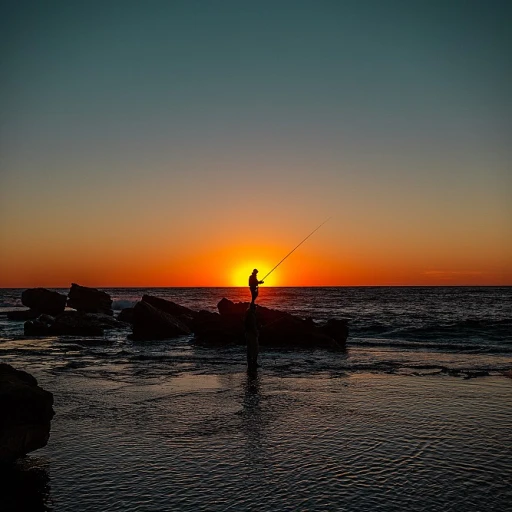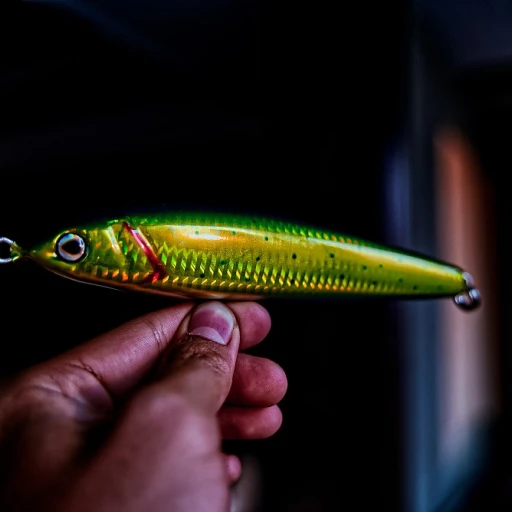
Understanding the basics of catfishing rigs
Why catfishing rigs matter
When chasing after big catfish, the right rig can make all the difference. Whether you're on the shores of the Mississippi or fishing in the still waters of Carolina, catfishing is a pursuit that connects you with nature. A successful catch isn't just about luck—it's largely about the equipment you use and understanding how these rigs work.
Common elements in catfishing rigs
No matter what type of catfishing rig you choose, a few components are always necessary: a hook, bait, leader, weight, and sometimes a float. The bait will attract the fish, the hook catches it, and the weight helps your line sink to the desired depth. The leader ties everything together, while the float will keep your bait off the bottom and in the strike zone. Some tips for bait casting can also enhance your rig's effectiveness.
Anatomy of a typical catfishing rig
Let's break down a basic catfish rig:
- Hook: Circle hooks are highly recommended. Experts like Chad Ferguson often use them because they hook the fish in the mouth, making it easier to catch and release.
- Bait: From chicken liver to cheese baits, what you use can significantly impact your success rate.
- Weight: A slip sinker rig is popular for reaching those deeper waters where big catfish dwell.
- Swivel: Essential for tying your line and avoiding line twists.
By understanding and mastering these elements, you equip yourself for a rewarding experience. Ready to cast your line? Stay tuned as we delve into the various types of catfishing rigs next.
Types of catfishing rigs: slip sinker, santee cooper, and more
Slip sinker rig: the versatile all-rounder
The slip sinker rig, often called the Carolina rig, is a go-to choice for many anglers. This rig offers flexibility and can be used effectively in various water conditions and depths. It's designed to keep the bait near the bottom where catfish typically roam. By utilizing a slip sinker, the fish feels less resistance when biting, increasing the chances of a successful hook-up.
To set it up, slide a sinker onto your main line, followed by a bead to protect the knot. Attach a swivel, then tie a leader of about 18 inches with your preferred hook, usually a circle hook or double hook rig. According to Whisker Seeker Tackle, the slip sinker rig's effectiveness can be significantly improved by using their specifically designed slip bobber rigs.
Santee cooper rig: target big catfish with ease
The Santee Cooper rig is highly favored by anglers chasing big catfish in deeper waters, especially in the Mississippi and Carolina regions. This rig is known for its ability to keep the bait off the bottom, reducing snags and making it easier for catfish to find the bait.
To rig it, start by threading a slip sinker onto the main line, adding a bead, and securing it to a swivel. On the other end, tie a 2-3 foot leader and attach a small float a few inches above the hook. This float keeps the bait suspended, making it more attractive to catfish. Expert Chad Ferguson from Catfish Cult emphasizes the importance of using the right size float for different bait weights.
Slip bobber rig: adjust to any depth
The slip bobber rig offers incredible versatility and is ideal for fishing catfish in varying depths. By adjusting the bobber stop, you can precisely control the bait's depth, making it suitable for both shallow and deep water.
To set up a slip bobber rig, thread the main line through a bobber stop followed by a slip bobber. Add a bead if necessary, and tie on a swivel. Attach a leader with a hook, ensuring the leader is long enough to allow the bait to move naturally. Whisker Seeker Tackle provides a range of slip bobber rigs that cater to different fishing situations and bait sizes. This rig is especially useful when targeting catfish that are not strictly bottom feeders.
Double hook rig: great for larger baits
For those looking to catch massive catfish, the double hook rig is an excellent choice. This rig allows you to present larger baits more effectively, thereby increasing your chances of attracting big catfish.
To tie a double hook rig, attach a swivel to the main line and tie a 2-3 foot leader to the swivel. At the end of the leader, tie an additional length of line where you'll attach a second hook. This setup ensures that even the largest baits are securely hooked, making it irresistible to giant catfish. The Whisker Seeker double hook rigs are popular for their durability and effectiveness.
Choosing the right bait for your catfishing rig
Picking the perfect bait for your catfishing rig
Catfishing involves more than just having the right rig; choosing the right bait can make all the difference. Catfish have a keen sense of smell and taste, which means they are particularly drawn to certain baits. Understanding which baits work best can significantly increase your chances of reeling in a big catfish. There are several types of baits that catfish anglers swear by. Live bait and cut bait are often top choices. Live bait, such as shad or bluegill, attracts catfish due to its movement and natural scent. Cut bait, which includes pieces of fish or other fresh meat, releases oils and scents into the water, drawing catfish from a distance. User reviews and expert opinions frequently advocate for these baits. Artificial baits, like stink baits and dip baits, are specially formulated to draw catfish with their potent, lingering smells. According to a study published in the Journal of Environmental Biology, catfish are highly responsive to ammonia-based scents, which are often found in these baits. Aside from these, certain unconventional baits, such as chicken liver or even soap, have shown surprising effectiveness. For instance, Chad Ferguson, a renowned catfish angler, mentions using chicken liver as one of his go-to baits in low-current waters of the Mississippi River.Matching bait to your rig and fishing environment
The key to successful catfishing is not just selecting the right bait but also matching it to your rig and environment. In muddy waters where visibility is low, using a slip sinker rig with a strong-smelling cut bait or stink bait can yield excellent results. The scent disperses easily, attracting catfish even if they can't see the bait clearly. In clear water bodies, float rigs can be advantageous. These rigs keep the bait suspended, making it more visible to catfish. Pairing this with a lively, wiggling bait like a live shad can entice a catfish to strike. Santee Cooper rigs, popularized in North Carolina, work exceptionally well with both live and cut baits, especially in deeper waters where catfish tend to dwell. For those targeting bigger catfish, using a double hook rig can be beneficial. This setup allows for the use of larger baits and increases the chances of a hookup. When fishing in areas with rocky bottoms or heavy vegetation, which might cause snags, it’s advisable to use a slip bobber rig. This keeps the bait off the bottom, reducing snags while maintaining an attractive presentation for the catfish. To optimize your catfishing experience further, read more about choosing the best reel in our guide on saltwater baitcaster: the ultimate guide to choosing the best reel for your fishing adventures.How to tie the perfect knot for your catfishing rig
Mastering the knot: tying the perfect knot for your catfishing rig
Knowing how to tie the perfect knot is a skill that every catfish angler needs in their arsenal. The right knot ensures that your hook, leader, and other terminal tackle stay secure, even during the most intense fights with big catfish. According to Chad Ferguson, a well-known catfishing expert, “A poorly tied knot can result in lost fish and wasted time – two things no angler wants.”
The most recommended knot for catfishing rigs is the snell knot. This knot is incredibly strong and keeps the hook aligned with the leader, improving hook sets on big catfish. Another popular choice is the palomar knot, favored for its simplicity and strength. Here’s a quick step-by-step guide to tying these essential knots:
- Snell Knot:
- Start by passing the leader through the hook eye from the point side.
- Wrap the leader around the hook shank 7 to 10 times, making sure each wrap is snug.
- Pass the tag end back through the hook eye from the front, creating a loop.
- Pull the tag end snug and trim any excess.
- Double about six inches of line and pass it through the hook eye.
- Tie a loose overhand knot with the doubled line.
- Pass the hook through the loop of the overhand knot.
- Pull on both the standing line and tag end to tighten the knot, then trim the excess tag.
When tying any knot, moistening the line with water or saliva before tightening can help reduce friction and prevent weakening of the line.
Ensuring your knot’s strength: test your setup
Before hitting the water, it’s crucial to test your knots. Give each knot a firm pull to ensure it holds up under pressure. A good rule of thumb is if your knot slips or seems weak, redo it. The last thing you want is a trophy catfish snapping your line because of a knot failure.
Tie a three-way rig for versatility
The three-way rig is a versatile setup for targeting catfish in different water conditions. To tie this rig, you’ll need a three-way swivel. Attach the main line to one eye of the swivel, the leader to another, and a dropper line with a sinker to the third. This rig is particularly effective for fishing on the bottom and can be adapted for various bait presentations.
Remember, the key to effective catfishing rigs lies in the small details. Whether you use a slip sinker, a santee cooper rig, or a simple slip bobber setup, the strength and reliability of your knots can make all the difference in your success. Mastering these knots and techniques will surely increase your chances of landing the big one!
Expert tips for using catfishing rigs effectively
Getting the timing right
When it comes to leveraging your catfishing rigs effectively, timing can make or break your fishing trip. As noted by Chad Ferguson, an expert catfish angler from the United States, “Knowing the right time to cast your line is as crucial as the rig itself.” During spring, blue catfish are particularly active in the Mississippi River, making it the optimal time to head out. Ferguson suggests early mornings or late evenings when the water cools down, giving catfish more incentive to explore the surface.
Location, location, location
Positioning your catfishing rig in the right spot significantly impacts your catch rate. The santee cooper rig, popular in both North and South Carolina, is particularly effective when used near underwater structures where big catfish tend to hide. Finding these spots requires a good sonar device and an understanding of your fishing environment. Experts like those from Whisker Seeker Tackle stress paying attention to under-water terrains on rivers and lakes since catfish tend to reside near snags and strike zones where their presence is prolific.
Using sound and vibration to your advantage
Sound vibration catfish rigs are a game-changer for many anglers. These rigs, often equipped with rattles or beads, mimic the sounds of prey, drawing curious catfish to your bait. A study by the U.S. Fish and Wildlife Service found that certain sound patterns can increase the likelihood of a strike by up to 30%. Catfish float rigs and double rattle rigs are practical solutions to employ this technique. When using these rigs, ensure the rattling components are intact and not clogged by debris to maintain optimal vibration.
Mastering knot-tying
The strength of your knot can determine whether you land that big catfish or watch it swim away with your rig. Tying a solid knot, such as the improved clinch knot or the palomar knot, ensures your tackle stays secure. The trick is often in practice and ensuring the line is moist when tying the knot for maximum strength. Experts recommend practicing different knots to find which works best with various rigs and conditions.
The importance of bait placement
Getting your bait to the correct depth using techniques like the slip bobber rig is fundamental. Slip bobbers keep the bait at a consistent depth, allowing you to target catfish at different levels of the water column. We recommend experimenting with different slip and sinker sizes until you find the perfect balance that lets your bait float right in the catfish's strike zone.
Case studies: successful catfishing with different rigs
Hooking into big catfish: real success stories
When it comes to catfishing, nothing beats hearing about success stories from fellow anglers who’ve managed to reel in some big catches. Here are a few case studies that highlight the effectiveness of various catfishing rigs and techniques.Joe's triumph with the slip sinker rig
Joe Williams, a seasoned angler from Mississippi, swore by the slip sinker rig for his catfishing exploits. He preferred this rig for its simplicity and effectiveness in bottom fishing. One early spring, Joe hooked into a 45-pound blue catfish using a slip sinker rig with a circle hook and fresh shad as bait. His success story is backed by his detailed setup – 30 lb braided mainline, a 1-ounce slip sinker above a swivel, and a 2-foot fluorocarbon leader.Janet's santee cooper rig magic
Janet Miller found her success using the santee cooper rig in the freshwater lakes of North Carolina. Janet's setup was quite straightforward: a 3-ounce santee bone rattler for added vibration, a circle hook, and a float to keep her bait off the bottom and in the strike zone. Janet's dedication paid off when she landed a gigantic 50-pound flathead catfish, proving that the santee cooper rig remains a solid choice for big catfish.Tyler’s innovative double hook rig
Tyler Brown, a North Dakota native, has always been a fan of experimenting with different rigs. One summer, he decided to test a double hook rig equipped with live bait. Setting up just before dawn, Tyler managed to catch a sizable 40-pound channel catfish. His improvisation involved tying two hooks on separate droppers to a single leader, ensuring that the bait stayed lively and enticing.Chad Ferguson's wisdom in catfishing
Chad Ferguson, a renowned catfishing expert and founder of Whisker Seeker Tackle, emphasizes the importance of understanding sound and vibration in catfishing. One of Chad’s notable achievements was catching a 70-pound blue catfish using a slip bobber rig. He attributes his success to the careful selection of gear and a thorough understanding of catfishing behavior, underscoring the importance of rattling floats for attracting catfish. These real-life stories show that whether you prefer a slip sinker rig, santee cooper rig, or an innovative double hook rig, the right gear and techniques can make all the difference. Remember, each rig and setup can be tailored to your fishing environment and the specific type of catfish you’re targeting. Happy catfishing!Common mistakes to avoid with catfishing rigs
Poor hook set
The thrill of catfishing often gets the better of us, and we sometimes yank too fast or too late. A poor hook set can mean the difference between reeling in a big catfish and going home empty-handed. Circle hooks are particularly notorious for this: instead of setting the hook with a sharp jerk, a slow, steady pull is most effective. Renowned catfishing expert Chad Ferguson emphasizes the importance of patience. "Let the fish take the bait and start to run before you set the hook,” he advises.Wrong rig selection
Choosing the wrong catfishing rig for the type of water or the specific species you are targeting is a misstep many anglers make. For instance, using a slip sinker rig in fast-moving water might not keep your bait in the strike zone. The Santee Cooper rig, which includes a float to keep the bait off the bottom, works better in such conditions, reducing a lot of bottom snags. Knowing the right rig for the job is crucial. As always, adapt your rig to the fishing environment and catfish behavior.Insufficient knowledge of bait
Using the wrong bait or not knowing how to properly hook it is another common mistake. Catfish are scent-driven predators, so the bait you use must have a potent scent trail. Live bait like shad or skipjack is excellent, but make sure it’s fresh. Using stale or inappropriate bait will lead to fewer bites and missed opportunities. Remember, the bait keeps catfish coming back for more—make it count!Improper knot tying
Nothing is more frustrating than losing a big catfish due to a poorly tied knot. Proper knot tying is fundamental, and the Palomar knot is highly recommended for its strength and reliability. A well-tied knot ensures your line and hook are secure, giving you peace of mind while fishing.Overlooking tackle quality
Investing in high-quality tackle can make a huge difference. Cheap tackle might save you a few bucks initially, but it can fail when you least expect it. Sturdy rods, reels, and lines can handle the power and weight of a big catfish. Whisker Seeker Tackle, for example, is known for producing robust catfishing gear that withstands the test of time and big fish.Lack of local knowledge
Not understanding the local waters and fish behavior can set you back. Every body of water has its quirks, and catfish in the Mississippi River might behave differently than those in North Carolina’s lakes. Talk to local anglers, follow expert advice, and even consider hiring a guide when venturing into unfamiliar territories.Ignoring weather conditions
Weather plays a significant role in catfishing. Catfish are more active in certain conditions—like after a rain, when the water is murkier. Ignoring these factors can reduce your chances of a successful catch. Study weather patterns, moon phases, and water temperature to enhance your catfishing strategy.Where to buy the best catfishing rigs and gear
Finding the top catfishing rigs and gear retailers
If you’re eager to get the best catfishing rigs, knowing where to shop can make a huge difference. Some retailers stand out for their selection, expertise, and customer service. Here’s a rundown:
Whisker Seeker Tackle
One highly recommended source for catfishing gear is Whisker Seeker Tackle. They’re known for their specialized tackle and catfishing rigs, including the popular Whisker Seeker's Santee Cooper rig. Their catfishing rigs are designed to be easy to use and highly effective in the water. According to catfishing expert Chad Ferguson, “Whisker Seeker provides tools that really help in landing those big catfish.”
Amazon and Free Shipping
Amazon is another solid option. They offer a broad range of catfishing rigs, hooks, sinkers, and other gear. Plus, their free shipping on orders over a certain amount is a major bonus. Many anglers appreciate the wide variety and convenience, though it’s always good to read reviews and confirm the gear’s quality. It’s often said, “You can find anything on Amazon, just make sure it's well-reviewed.”
Local Tackle Shops
Never underestimate your local tackle shops. While it might be tempting to go straight to the big online retailers, local shops offer the chance to get personalized advice and see the gear before you buy it. Plus, supporting small businesses can foster a sense of community. “My local shop knows the waters I fish in and can recommend the best rigs and techniques for my area,” says seasoned catfisher John Davis.
Google LLC and Digital Access
Don’t forget about the power of a simple Google search. With digital access, you can find and compare gear from several retailers, right from your couch. Googling “catfish rigs” will pull up countless options, from specialized websites to general fishing tackle shops. Look for sites with good ratings, detailed product descriptions, and clear return policies.
Specialty Websites
Finally, specialty websites dedicated to fishing often have the best information on catfish float rigs, sound vibration catfish gear, and more. Sites like Fishing Magazine often provide guides, reviews, and tips straight from the experts, making your selection process smoother.
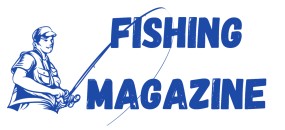
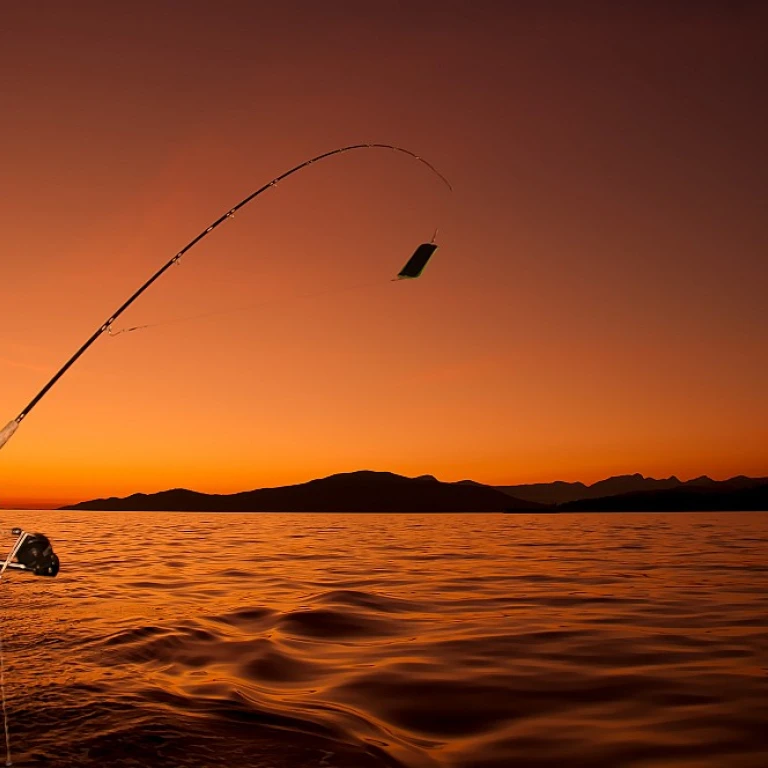
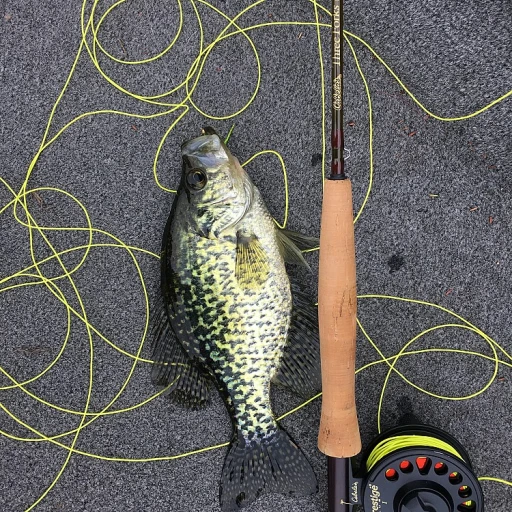
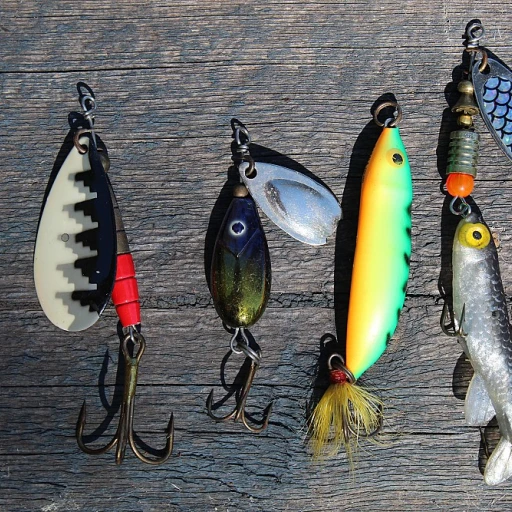
-large-teaser.webp)
-large-teaser.webp)
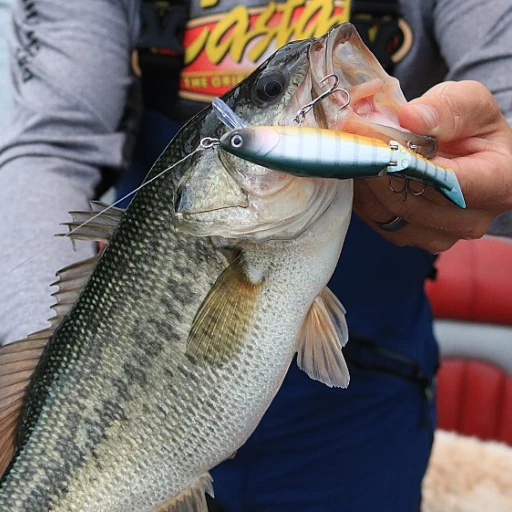
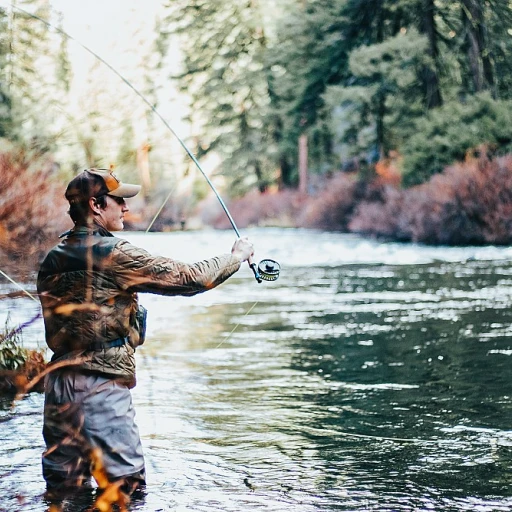
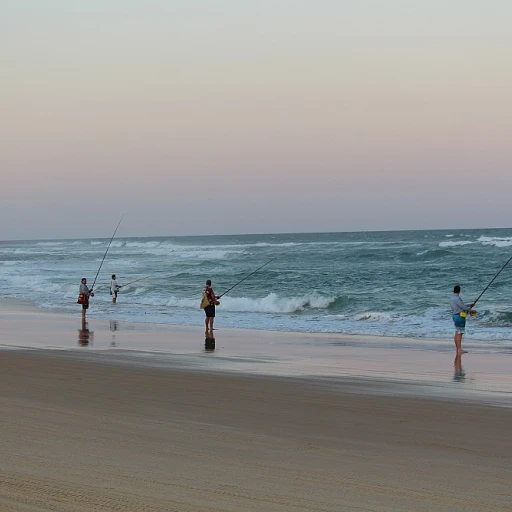
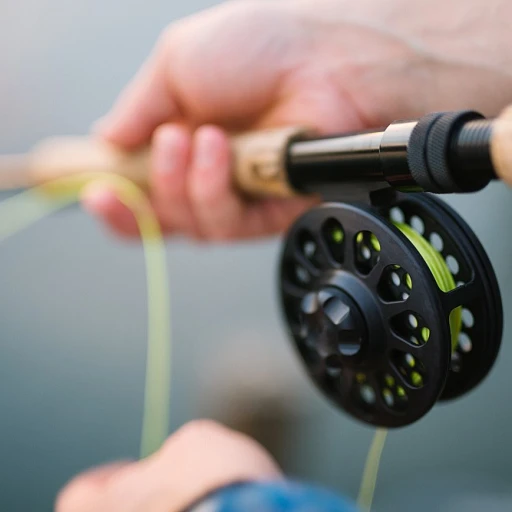
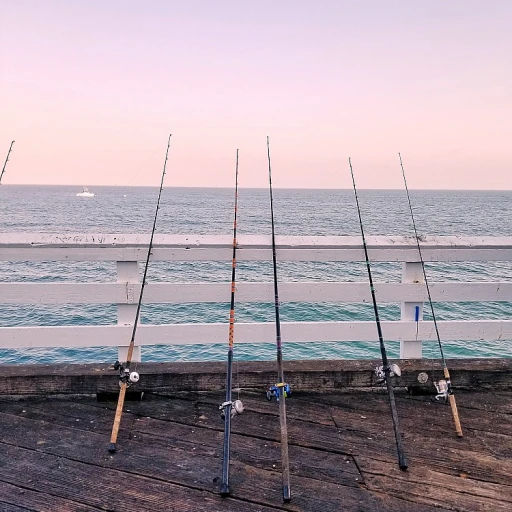
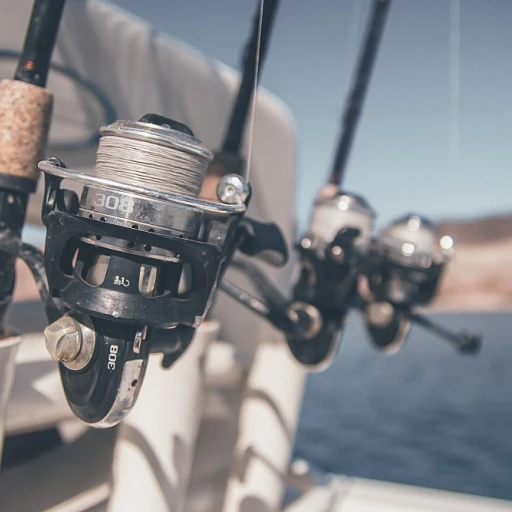
-large-teaser.webp)
